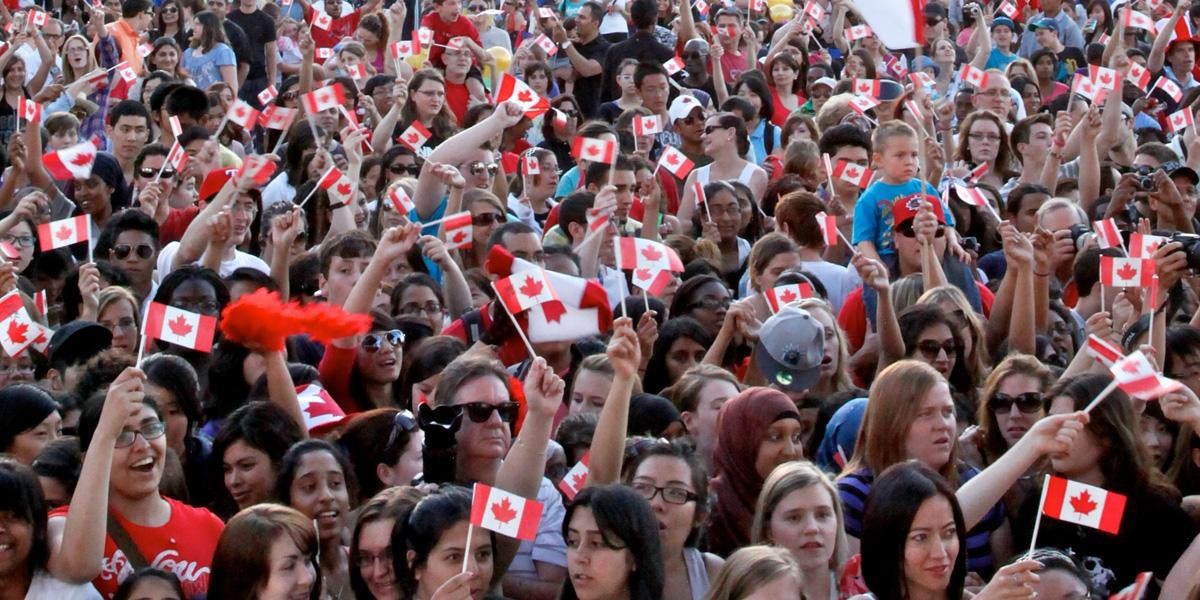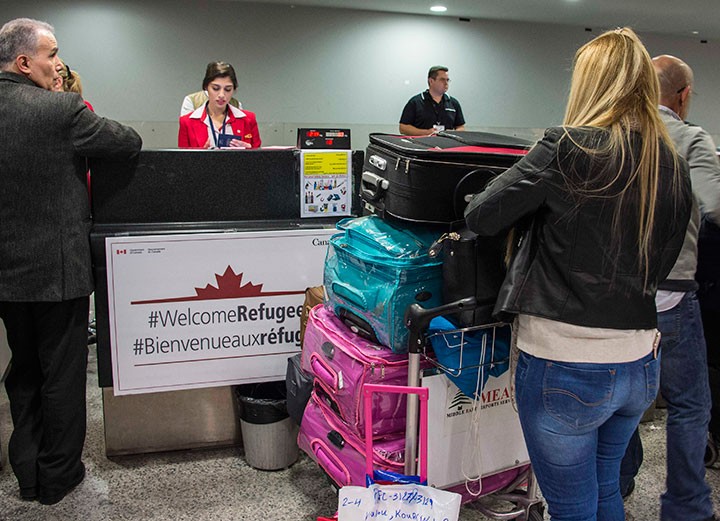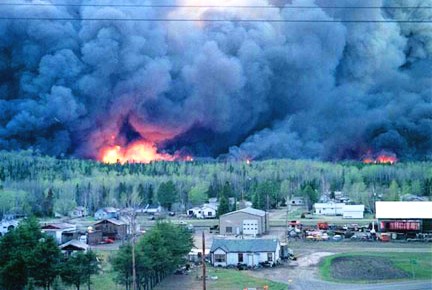
Peel poised to take in 250 more refugees — plus evacuees from fire-ravaged Northern Ontario
Peel Region is stepping up to help people fleeing adversity around the world and within Canada. At the request of the provincial government, the region has agreed to temporarily house people fleeing fire-ravaged areas of Northern Ontario, while also accepting a request from Ottawa to shelter government-sponsored refugees from abroad to relieve the burden on overloaded Toronto’s resources.
Regional council at this week’s meeting gave staff the go-ahead to implement both requests. Peel has been accepting responsibility for housing some refugees since a year ago, with promises from the federal government to cover costs incurred by the region.

A staff report in February said the municipality was owed more than $400,000 by the federal government, but that amount has been paid and an additional, undisclosed amount has been promised by Ottawa. Brampton, Mississauga and Caledon are being called on to take in an additional 250 refugees between now and March 31, 2020. Ottawa is expected to cover the roughly $3.8 million tab of sheltering them until they are able to settle permanently, which includes:
- $1.7 million in hotel room costs
- $1.6 million for external agencies providing services such as food and laundry
- $300,000 for regional staffing cost
- Other charges such as providing security, which will amount to $200,000
“The time frame has to do with the opportunity we have from the federal government to receive a grant to do this work,” Leslie Moreau, manager of client services for Peel Human Services, told The Pointer.
Commissioner of Human Services Janice Sheehy added that Ottawa has “tied that funding to that timeframe.”
Moreau said the decision to send 250 individuals to Peel “has to do with the amount of vacancy we can find. [That number was] something that we thought we could manage well and house the families or the individuals coming within that time frame.”
Staff working on the refugee file have allocated 60 rooms as temporary shelter, believing they can turn that over four times in a year as newcomers settle into permanent homes and others arrive.
Last Sunday, Ontario Deputy Minister of Children, Community and Social Services, Janet Menard, enlisted the help of Peel’s Human Services department to care for residents of Northern Ontario who are being evacuated from wildfires. Staff still don’t know and were unwilling to speculate which communities these people will be coming from.

It is Moreau and Sheehy’s understanding that they will be mostly families who will be returning to their homes in Northern Ontario once it is safe. But staff probably won’t know exactly who they’re dealing with until the evacuees start to arrive.
“There are many communities up north [hit by wildfires]. At this point, who would we be receiving, from what community? We don’t have those details yet,” Moreau said.
Since mid-June, wildfires have struck northern communities near Sudbury, Timmins and the tiny township of Chapleau. More wildfires have threatened vulnerable communities near the border with Manitoba. A conflagration near Keewaywin First Nation grew to consume 100 square kilometres by last Saturday.
Saskatchewan has accepted about 2,000 evacuees from Pikangikum First Nation, while others have sought safety in Manitoba as the provincial lines are much closer. Firefighters from as far away as Halifax have been called in to assist local firefighters in the remote area.
The province has said it was reaching out to mayors across Ontario to host the rest of Pikangikum’s 3,000 residents, after an evacuation had to be paused Wednesday because of a lack of host communities. Some 600 residents are being hosted in hotel rooms in Thunder Bay alone, as crews continue to battle a fire burning about six kilometres southwest of the besieged community.
“The latest situation there [in Northern Ontario] is more grave than we think. Apparently, it could be an area as big as Peel under fire right now,” Regional Chair Nando Iannicca said, summing up for council how dire the situation is.
The speed at which the province’s request came down the pike means that details of the response are scarce. Staff don’t know yet how many people will be hosted, how long they will stay, or even if the province will compensate the region. What is known is that evacuees could arrive here as early as this Saturday and that staff have arranged for hotel rooms for them.
The simultaneous requests to care for people in crisis could create a new dynamic between Ottawa and Queen’s Park. While no rhetoric has cropped up yet, Premier Doug Ford has been highly critical of Justin Trudeau’s refugee policies in the past, and a spokesperson for the premier’s office about this time last year blamed refugees for creating a “housing crisis.” Ford also took some heat when he remarked just before the provincial election that Canadians should “take care of our own” before helping refugees.
It is hard to say how that dynamic would play out, but immigration has been a flashpoint between the two governments, which are currently engaged in a political feud as the country heads toward a federal election.
The number of refugees filtering through the region peaked in 2018, at the height of the federal government’s push to accept Syrians fleeing war, with 1,127 people seeking shelter in its constituent municipalities. That was a large jump from the year before, when 644 people were aided by Peel Human Services.
Email: [email protected]
Twitter: @mansoortanweer
Submit a correction about this story


